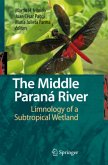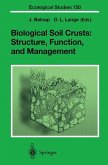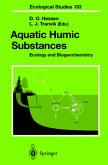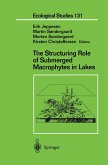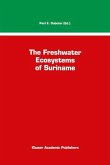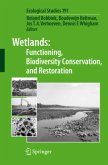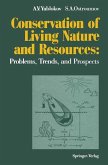Floodplains are ecosystems which are driven by periodic inundation and oscillation between terrestrial and aquatic phases. An understanding of such pulsing systems is only possible by studying both phases and linking the results into an integrated overview.
This book presents the results of a 15-year study of the structure and function of one of the largest tropical floodplains, the Amazon River floodplain. It covers qualitative aspects, e.g., adaptations of aquatic and terrestrial organisms to the flood pulse as well as quantitative aspects, e.g., studies of biomass, primary production, decomposition, and nutrient cycles. The authors interpret their findings and the most important data from other studies under an integrating scientific concept, the Flood Pulse Concept.
This book presents the results of a 15-year study of the structure and function of one of the largest tropical floodplains, the Amazon River floodplain. It covers qualitative aspects, e.g., adaptations of aquatic and terrestrial organisms to the flood pulse as well as quantitative aspects, e.g., studies of biomass, primary production, decomposition, and nutrient cycles. The authors interpret their findings and the most important data from other studies under an integrating scientific concept, the Flood Pulse Concept.


